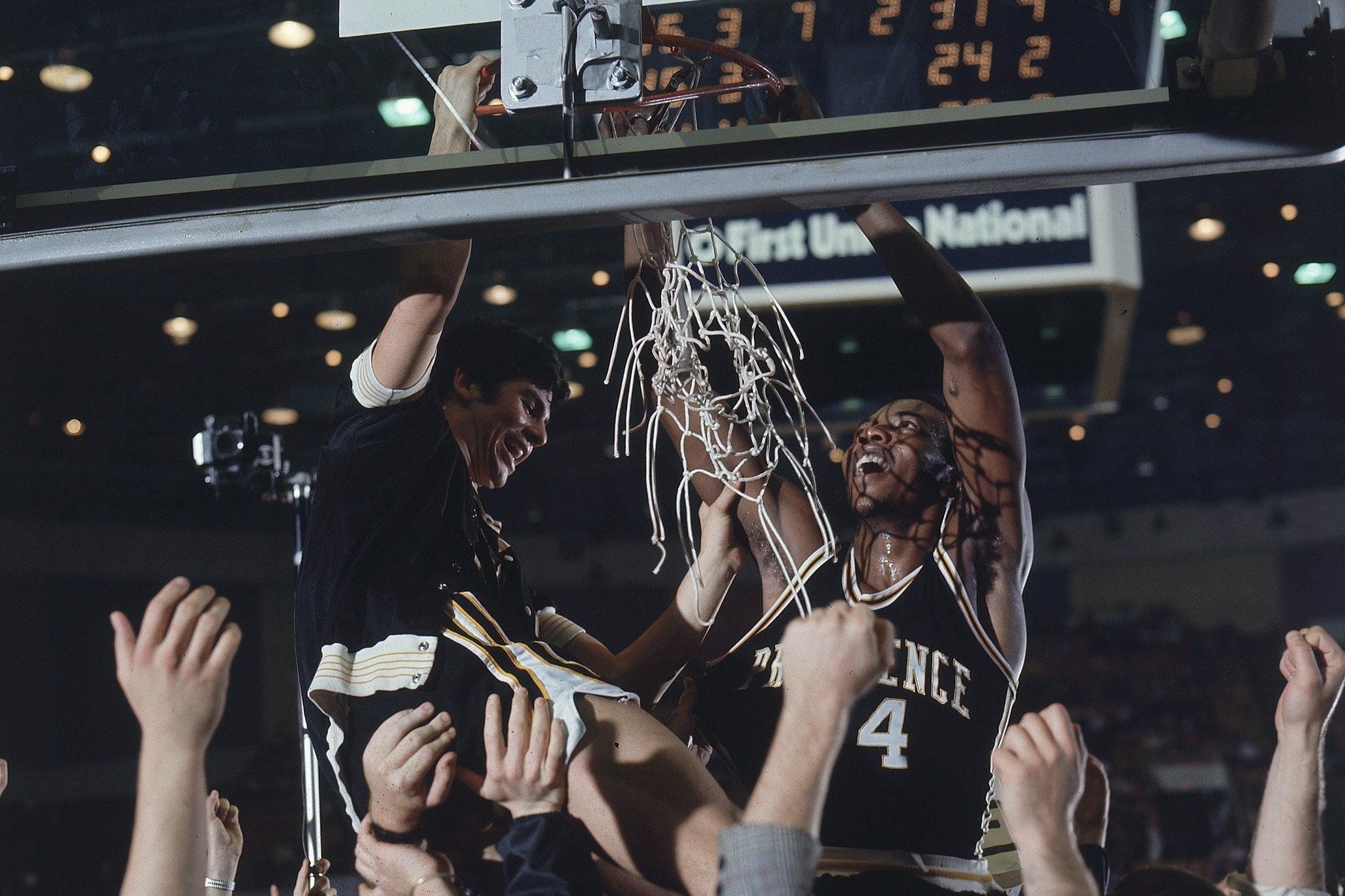BY TRAVIS MORAN

Their friendship made little sense.
The late Marvin Barnes grew up in an abusive household in the projects of South Providence. As told in Mike Carey’s brilliant biography, “Bad News: The Turbulent Life of Marvin Barnes,” Marvin attended elementary school in a white part of town, where he was called the n-word so often by his Italian classmates that he forgot his real name. As he got older, Marvin developed gangster ambitions, wanting to “live fast and die young,” and even ran a stick-up crew as a teen. Soon, he had two reps: one as a petty criminal and another as a rising star in the Providence prep basketball scene. Success in the latter led Barnes to leave the former in the rearview: “If some guy who’s only a couple years older than me can be raking in a couple million bucks just for putting his name down on a pie…
Keep reading with a 7-day free trial
Subscribe to TrueHoop to keep reading this post and get 7 days of free access to the full post archives.

